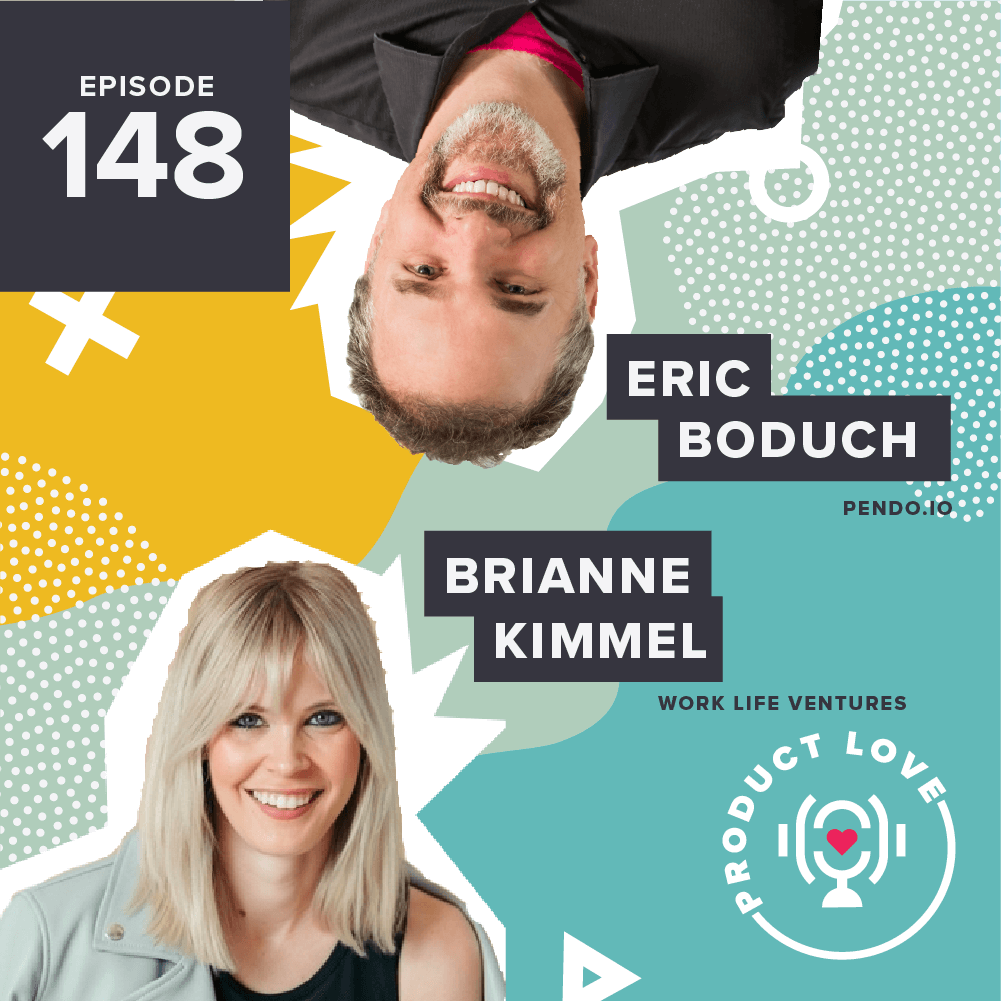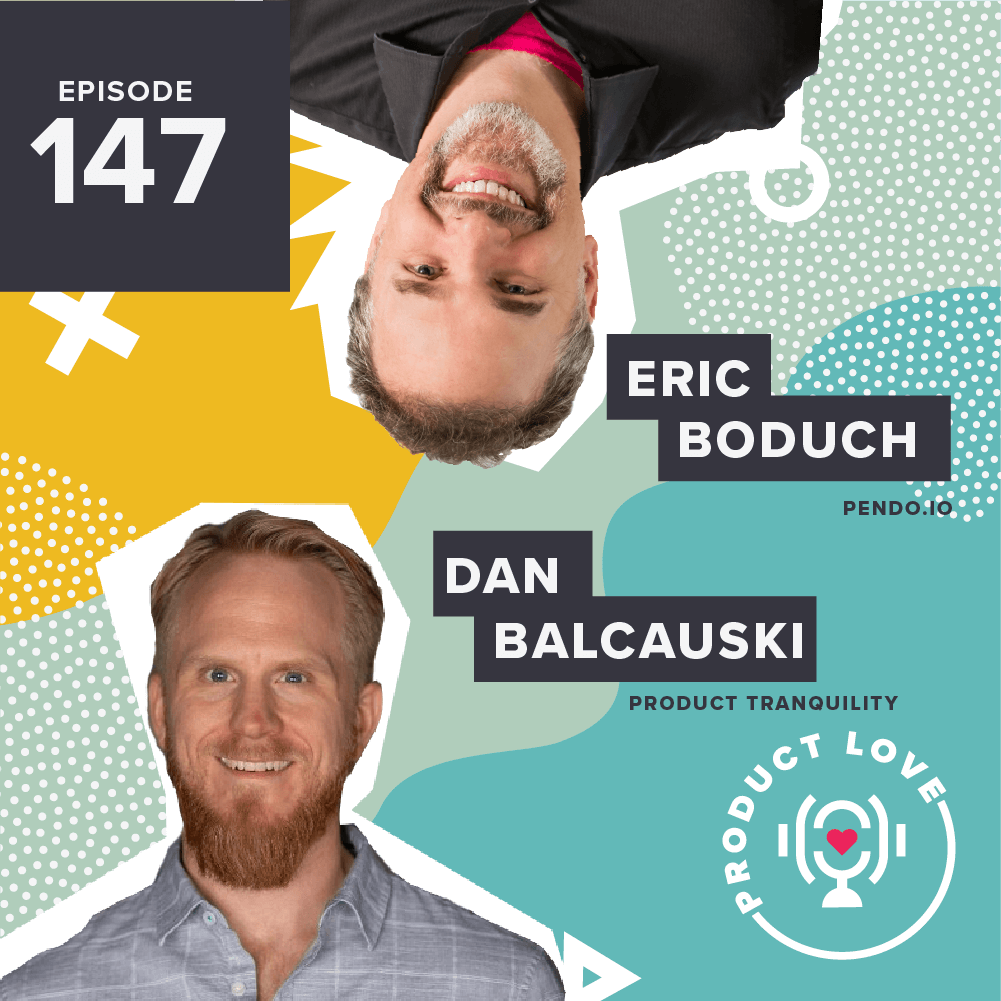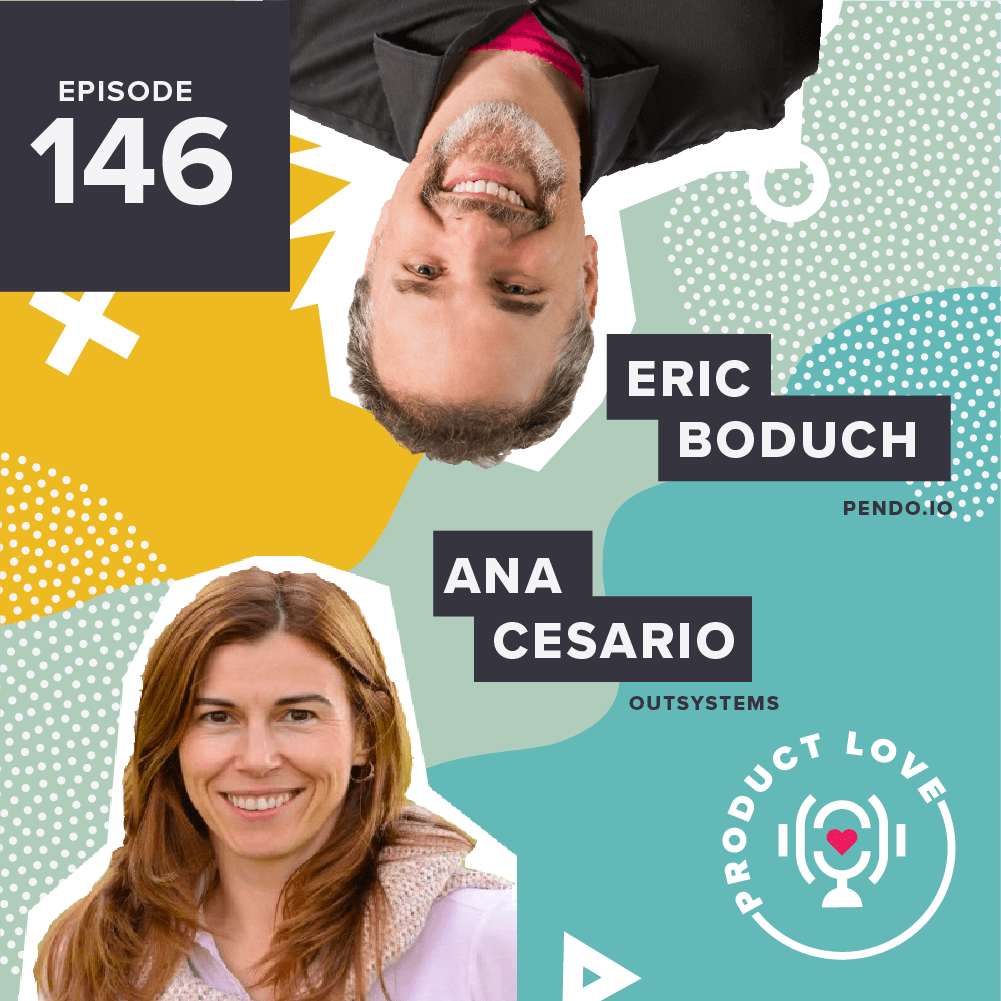This week on Product Love I sat down with Gibson Biddle. Gib was the VP of product management at Netflix and then the chief product officer at Chegg, and is now a speaker, guest lecturer at Stanford, and advisor to several Silicon Valley startups. He also spent a considerable part of his career at Electronic Arts, Mattel, and Sega.
You’ve probably seen his name in numerous product management events, interviews, or podcasts. He offers a variety of resources on his website, including a few helpful product management models, some of which we discussed in this episode of the podcast. We mostly focused on how to create products that are as irreplaceable as possible, and making experiences as memorable as they can be.
For extra fun, count how many times Gib and I say “wicked” in today’s episode.
The DHM Model
How do we make our product’s experience so unique that other companies can’t duplicate it? In an era of customer delight where we’re all fixated on enhancing customers’ experiences with our product, it might be hard to stand out.
Gib introduces the DHM model, where you “Delight customers, in Hard-to-copy, Margin-enhancing ways.” It’s a framework that helps product managers prioritize inventing a better future for their customers in such unique ways that other companies cannot replicate that same experience. For instance, it’d be incredibly hard for a startup to challenge Netflix because it created such a personalized user experience. I mean, with TV show suggestions as specific as “Sci-Fi and Fantasy with Existential Themes,” how can I be disappointed?
The DHM Model starts with pursuing customer obsession. It’s easy to be fixated on outdoing your competitor, but that doesn’t take your customer or product to new frontiers. If you prioritize delighting your customers, then it would serve as all the motivation necessary to make your product the best. Lead with customer delight, ensure your work is hard-to-copy, and the higher margins will follow.
Be Clear About Your Vision
Product leaders should be able to articulate product strategy. Seems easy enough, right? But it’s important to set clear metrics and be clear about the projects that map against each of those key strategies.
For example, an important aspect of improving Netflix was inside retention goals, with the hypothesis that personalization was the key. The proxy metric for that was the percentage of users that gave at least 50 ratings six weeks after signing up for the service, with the assumption that giving explicit ratings meant customers were highly engaged. Then, for their projects or tactics, they helped create something called a “Ratings Wizard,” which enabled them to get into the high twenties of that proxy metric. Personalization helped mold Netflix’s retention. It’s important to start with strategy, have a proxy metric that helps you understand whether you’re making progress or not, and then the projects conducted exist to prove whether the high-level strategy is successful or not.
To learn more about the DHM model, as well as Gib’s tips and tricks in being a better product manager, check out this week’s episode of Product Love and subscribe to us on iTunes.


